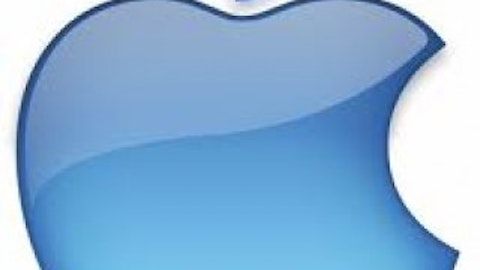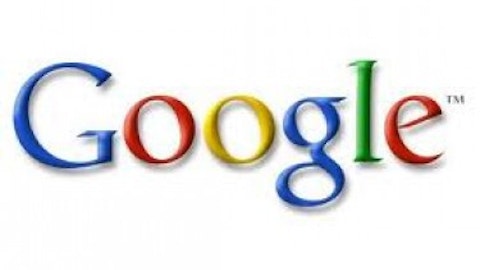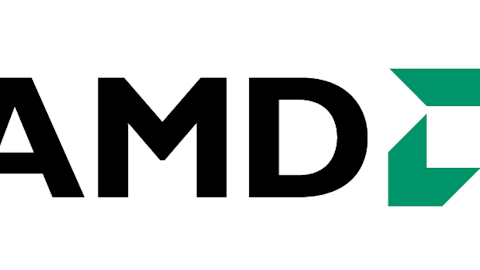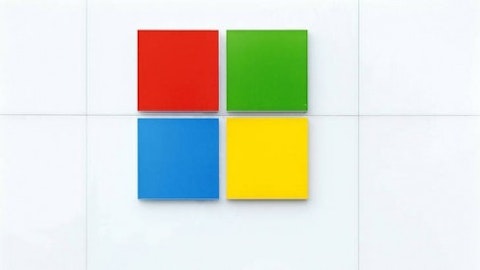Google Inc (NASDAQ:GOOG) and Apple Inc. (NASDAQ:AAPL) are two large cap growth stocks, or are they? Can Google Inc (NASDAQ:GOOG) continue growing its search business without attracting the attention of governments looking at it from an antitrust angle? Apple Inc. (NASDAQ:AAPL) has seen massive growth on the back of all things “i” but now that its competitors are catching up, where can it go from here.
Bigger doesn’t mean better
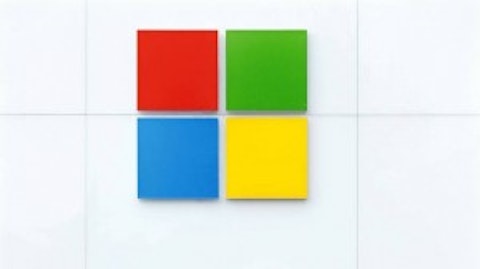
Google Inc (NASDAQ:GOOG)’s recent spat with the EU is looking very similar to what Microsoft Corporation (NASDAQ:MSFT) saw in the 90’s. This large company continues to grow bottom line and add to its cash hoard, which currently stands at $54 billion, and is climbing at a rate of $3 billion – $4 billion per quarter. Microsoft Corporation (NASDAQ:MSFT) has had its cash cows Windows and Office, but started to waste billions when the company made acquisitions. With the amount of money Google Inc (NASDAQ:GOOG) has on its balance sheet, instituting a dividend may be the best option.
Google Inc (NASDAQ:GOOG) grew consolidated revenue by 19% year over year to $14.1 billion in 2Q, with Google advertising at $13.1 billion and Motorola Mobility coming in at $998 million. The Motorola division was up over $150 million year over year, compared to when the company was teetering as an independent manufacturer. Google Inc (NASDAQ:GOOG) noted that infrastructure continues to be a key strategic area of investment, this could mean that we are going to see Google spending even more money rolling out Google Fiber.
Google brought in 55% of revenue from overseas, with the cost of revenue sneaking up to 43% from 40% last year. Google is now moving into the less profitable mobile space aggressively, and as such, we should have expected to see higher expenses as a portion of revenue. These higher expenses are also weighing in on operating margins, which went from 33% to 28% year over year, and need to be watched closely.
Spinning your wheels
Microsoft Corporation (NASDAQ:MSFT) has been getting hammered as its Operating Systems and Office divisions seem to be anchored to PC sales that have been declining over the past few years. Microsoft is expecting both of these divisions to be a drag on revenue, slightly offset by enterprise and cloud offerings. Next year, Microsoft is expecting revenue performance to be flat or grow in low single digits. The company has been trying to rapidly expand into the tablet market, but is having a hard time with the constant Android entrants at the low end competing on price. These devices also have the benefit of not having to purchase a Windows license.
Dude, you’re getting a Dell
Dell Inc. (NASDAQ:DELL) has been ‘off and on’ when it comes to selling out to its founder Michael Dell and a consortium of investors. Dell has a net profit margin of 3.3% and continues to be hammered by the global slowdown in PC sales, as consumers and businesses keep their old laptops longer without upgrading. Dell Inc. (NASDAQ:DELL) manages to pay out 22.5% of last year’s earnings to support a 2.5% dividend. However, that dividend yield doesn’t nearly make up for the 43% drop in Dell’s stock price over the past five years.
Looking forward, Dell earned only $0.07 in 1Q’14, not even enough to cover it’s dividend. Dell’s Enterprise division grew at 12% year over year, however, this segment only makes up 20% of Dell’s total business, and is not able to offset the 9% drop in revenue from its PC division.
Without jettisoning the PC business, Dell may not be able to survive the continued drop in PC volumes without drastic restructuring and layoffs.
The apple doesn’t fall far from the tree
Apple Inc. (NASDAQ:AAPL) did see a drop in its Macintosh systems sales of 1%, while its iPad sales dropped 27% quarter to quarter. This was partially due to the upgrade cycle of the iPad, and a perplexing drop in sales in Greater China. There have been rumors of even cheaper tablets hitting the market in China that use memory from old computers to reduce prices. These tablets are competing in the “good enough” segment of the market and have been putting immense pricing pressure on the higher margin companies.
Apple Inc. (NASDAQ:AAPL) saw two bright spots in its product sales, with the iPhone increasing revenue by 15% and iTunes & Other software rising 25%. The iPhone has been Apple Inc. (NASDAQ:AAPL)’s saving grace and now makes up 42% of revenue. Last quarter, Verizon hinted that it was exploring the option of using a different model with its customers. Verizon would lower monthly bills but not subsidize the phones it sells.
A new top of the line iPhone costs over $800, but Verizon currently lets its customers have one for $299, and they pay off the phone over time with a higher monthly bill. If phone carriers like Verizon move to this type of model, cost conscious customers could migrate towards lower end iPhones, or even Android-powered phones. If this happens, we could see Apple Inc. (NASDAQ:AAPL) exposed to a large top and bottom line hit.
Apple now has a profit margin of 22.2%, nearly seven times that of Dell’s, but has been seeing margin pressure mounting as Samsung and other hardware manufacturers are closing the quality gap for smartphones. Apple has been conservative by paying out only 20% of earnings to support its 2.8% dividend and a generous share repurchase program.
Foolish bottom line
Apple and Google are two of the greatest growth stories over the past ten years, and are at the top of their respective industries. Looking into the future, Google might see contracting margins as it competes in mobile unless it can continue to out-innovate its competitors. However, like Apple, Google has some of the most loyal users. When’s the last time you’ve heard someone say “Just ‘Ask Jeeves’” the question?
Apple faces some of the most intense competition from other hardware manufacturers, and will continue to see margin pressure as its iProducts are now getting into the mature stages of the product life cycle. Any investor looking for a growth stock should be very careful with these two tech darlings, and pay close attention to the earnings reports over the next couple of quarters.
The article Is New Tech Starting to Look Like Old Tech? originally appeared on Fool.com and is written by Wes Patoka.
Wes Patoka owns shares of Google. The Motley Fool recommends Apple and Google. The Motley Fool owns shares of Apple, Google, and Microsoft. Wes is a member of The Motley Fool Blog Network — entries represent the personal opinion of the blogger and are not formally edited.
Copyright © 1995 – 2013 The Motley Fool, LLC. All rights reserved. The Motley Fool has a disclosure policy.
